Pakistan is one of the largest producers and suppliers of food and crops. Pakistan is also listed among the top countries with highest farm output. When it comes to the economy sector, it highly depends upon agriculture. Pakistan has great agricultural potential because of its alluvial soils.
In 1947, agricultural contribution of GDP was 53% which has shrunken down to 21% last year. Pakistan receives seasonal showers due to which most of the agricultural land is irrigated and agricultural output is largely affected by the climatic variations and global warming. 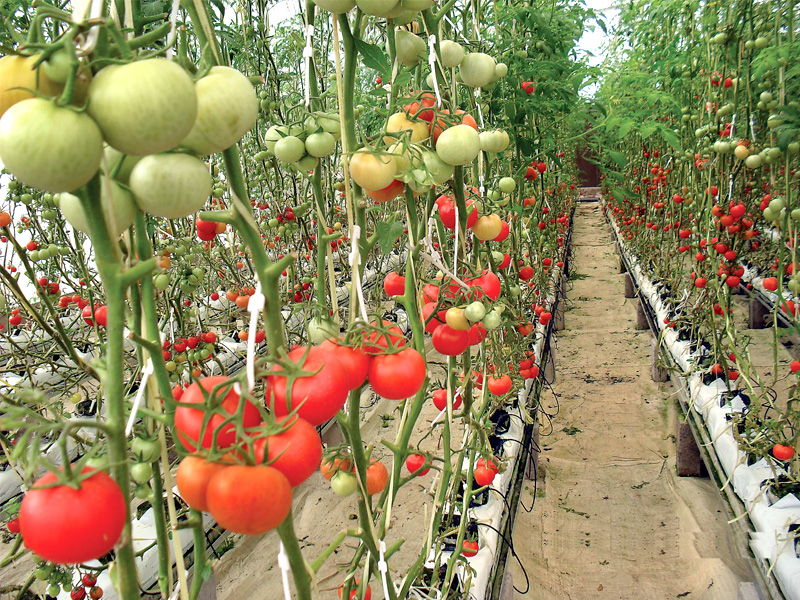
As compared to other developed countries, the per acre yield in Pakistan is still very low. There are various causes behind this out of which few are listed below.
1- Ancient methods of production
Although the agricultural sector is improving in Pakistan but in most of the areas, the old methods are still implemented. These old and worn out methods cannot increase production according to international levels. Owing to old methods of production and harvesting has badly affected the per acre yield.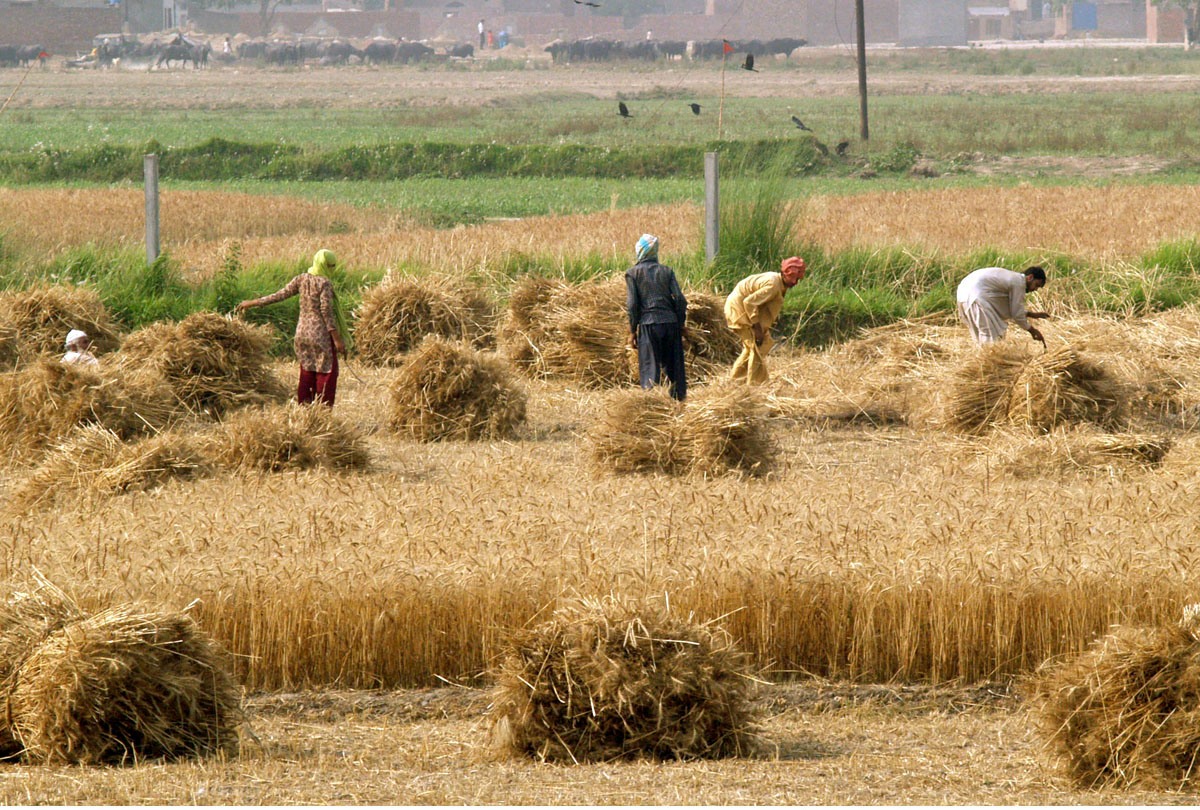
2- Water logging and salinity control
Every year water logging and salinity destroys almost one million acres of land in Pakistan. Waterlogged soil provides breeding grounds of mosquitoes. Also, it causes loss in crop yield. Where land is waterlogged, salinity causes severe destruction to the vegetation and crops. For water logging and salinity control, the ministry of agriculture has announced to invest 18.5 billion rupees with the objective of installing tube wells, repair of canal banks etc. 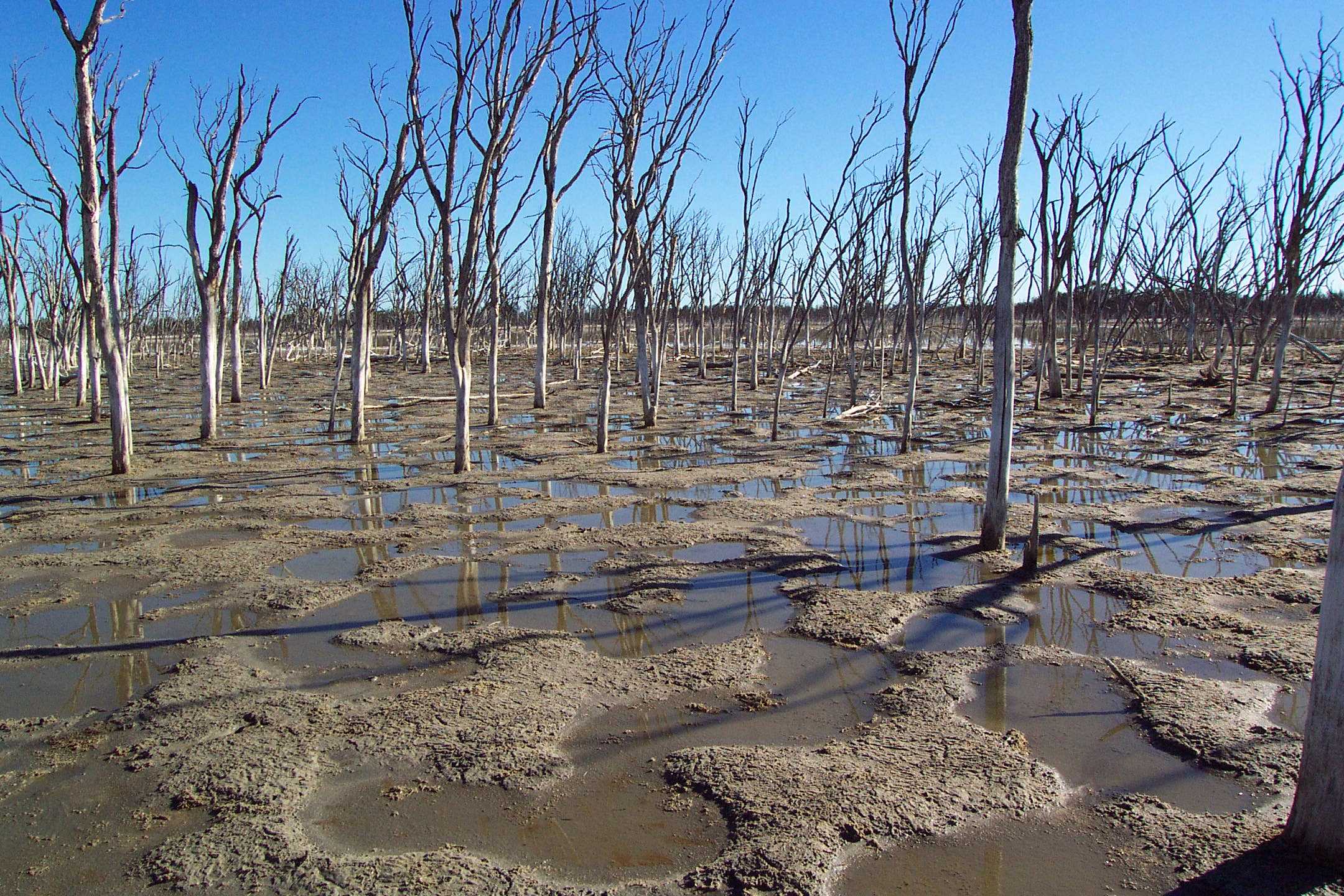
3- Shortage of irrigation facilities
Unfortunately, Pakistan lacks modern ways of irrigation. The already available irrigation facilities are not enough to increase the yield. Due to problems of distribution of water in fields, farmers do not practice the standard requirement of water in the fields. This disturbs the network of water channels and damages the per acre production.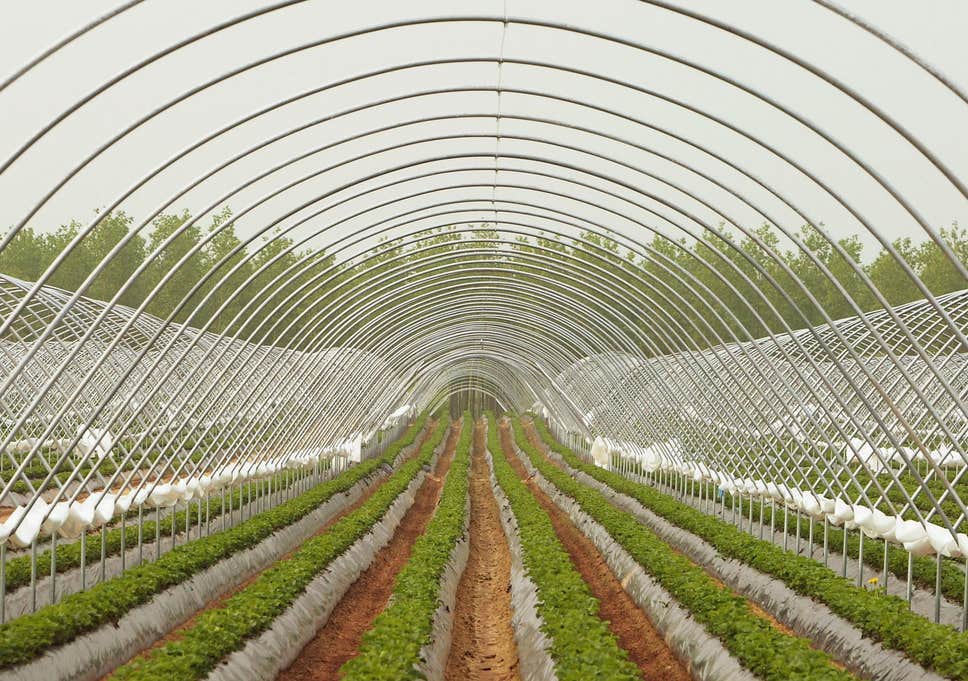
4- Deforestation
Deforestation is not only affecting the climate but also it is producing adverse effects upon the agricultural sector. Almost 4% of land in Pakistan is forested and rate of deforestation is around 3%. Due to deforestation, the rainfall becomes irregular and affects the overall production of crops.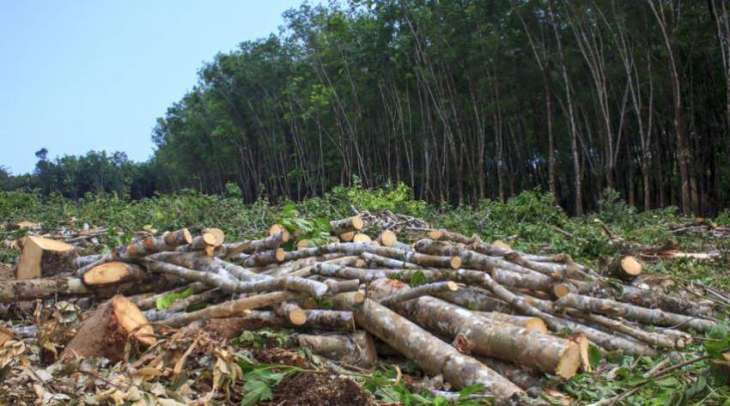
5- Low cropping intensity
In Pakistan, there is a low level of cropping intensity as compared to developed countries. It means that the number of crops grown on a piece of land in one year is low. The cultivable area under cropping is not sufficient to produce better production results. Our agriculture system and farmers need to adopt new and certified methods for better results to compete the current situations.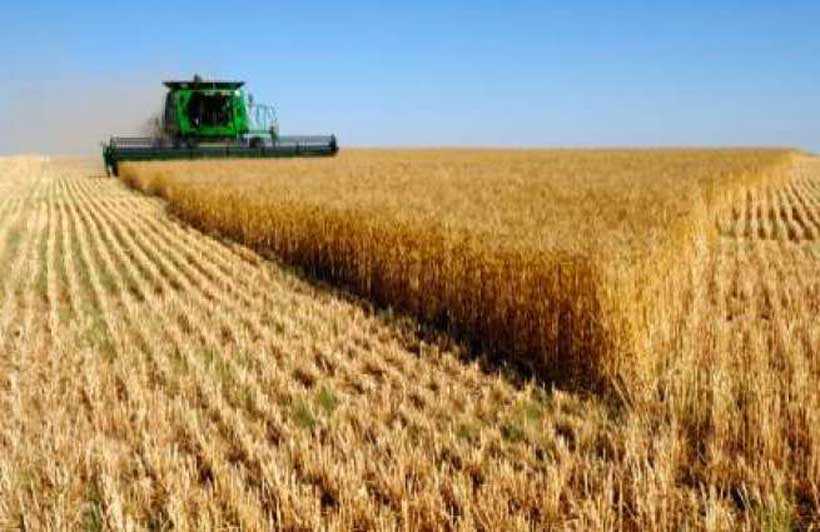
For more, keep connected and updated with www.sabzproperty.com

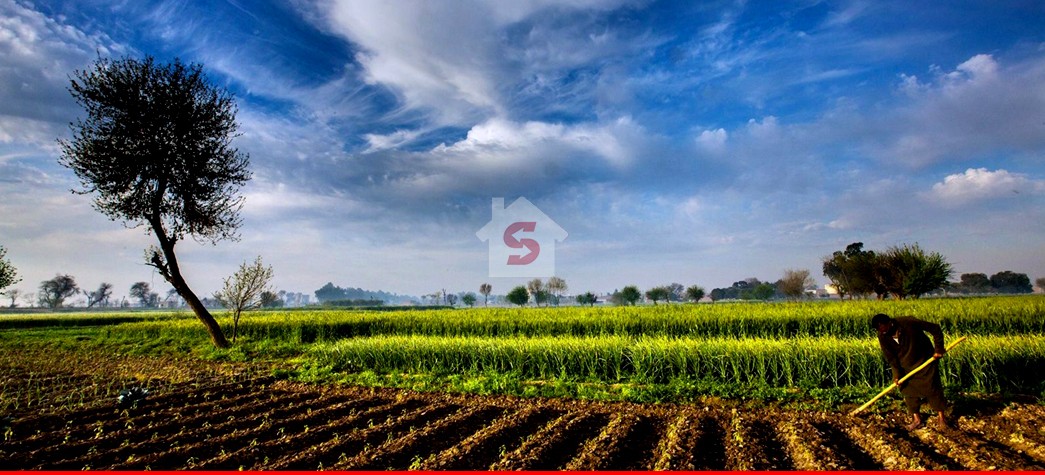








LEAVE A REPLY
Your email address will not be published. Required fields are marked *